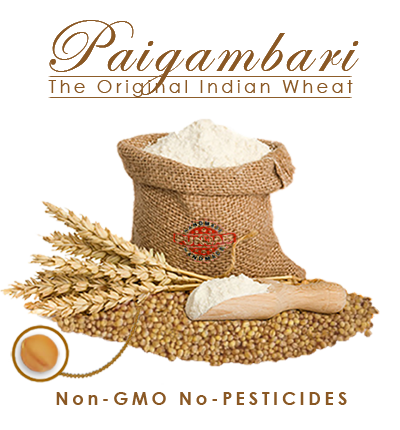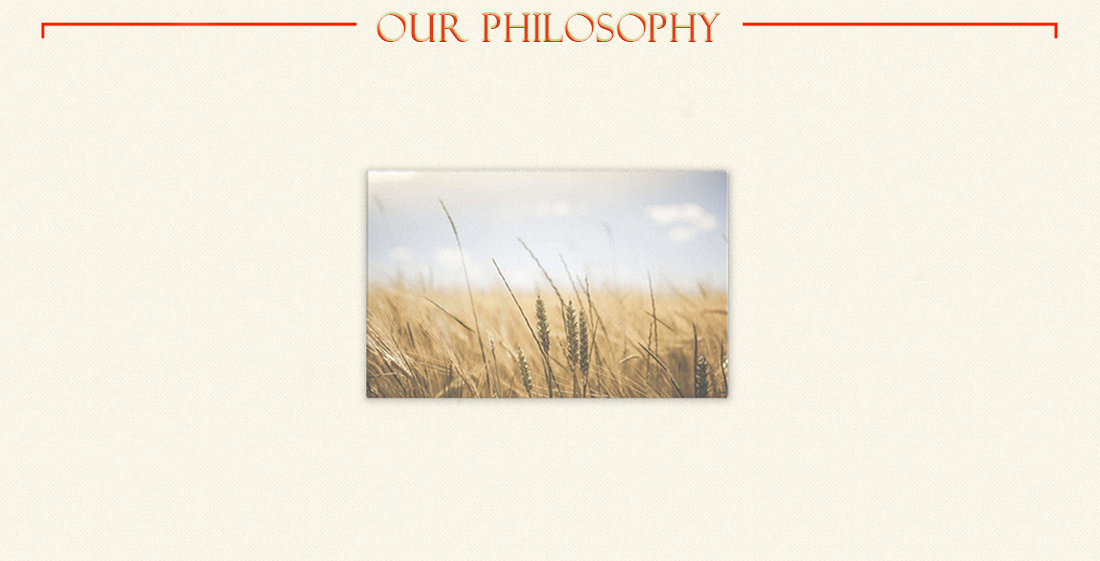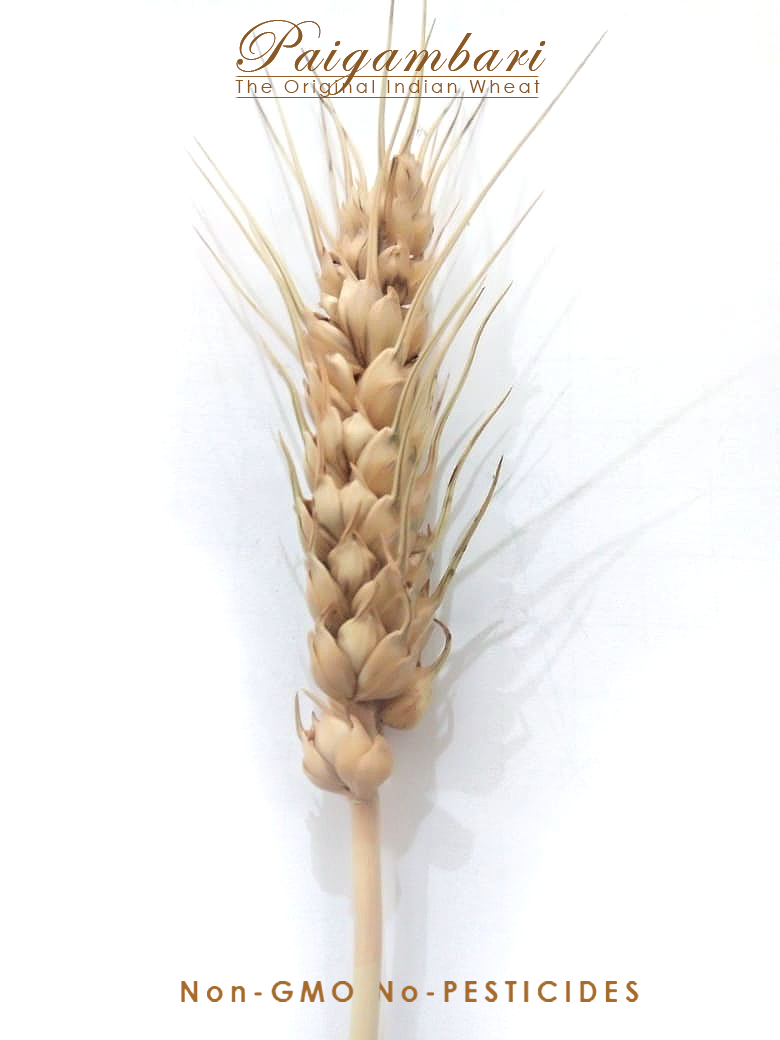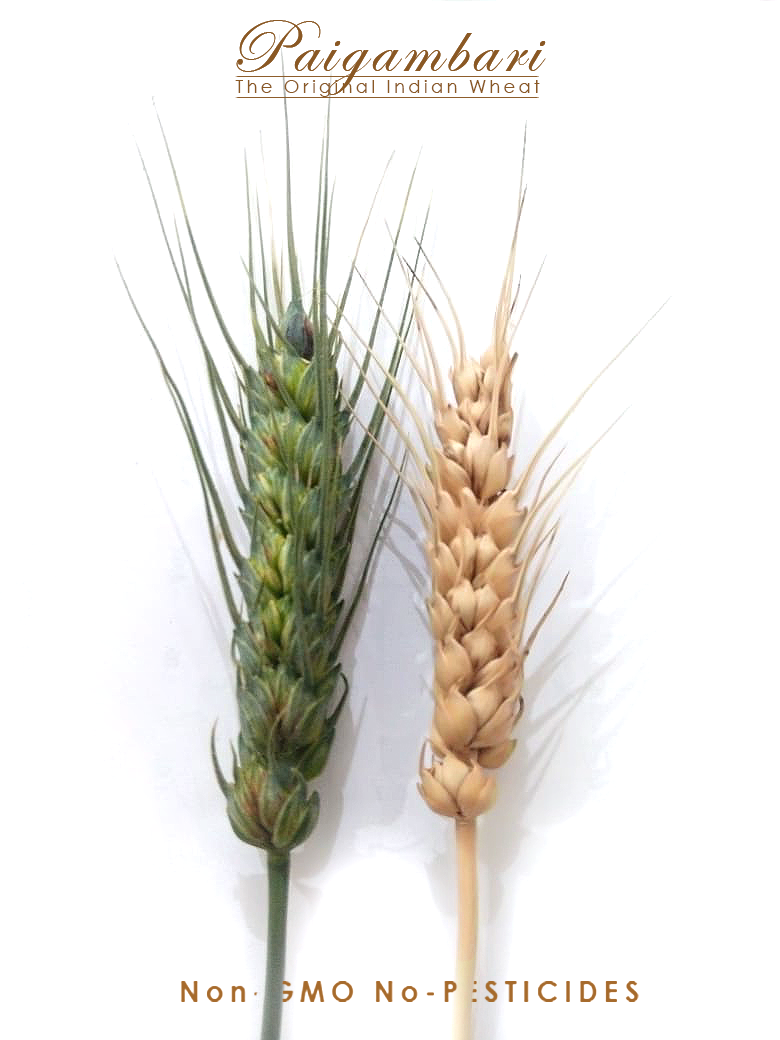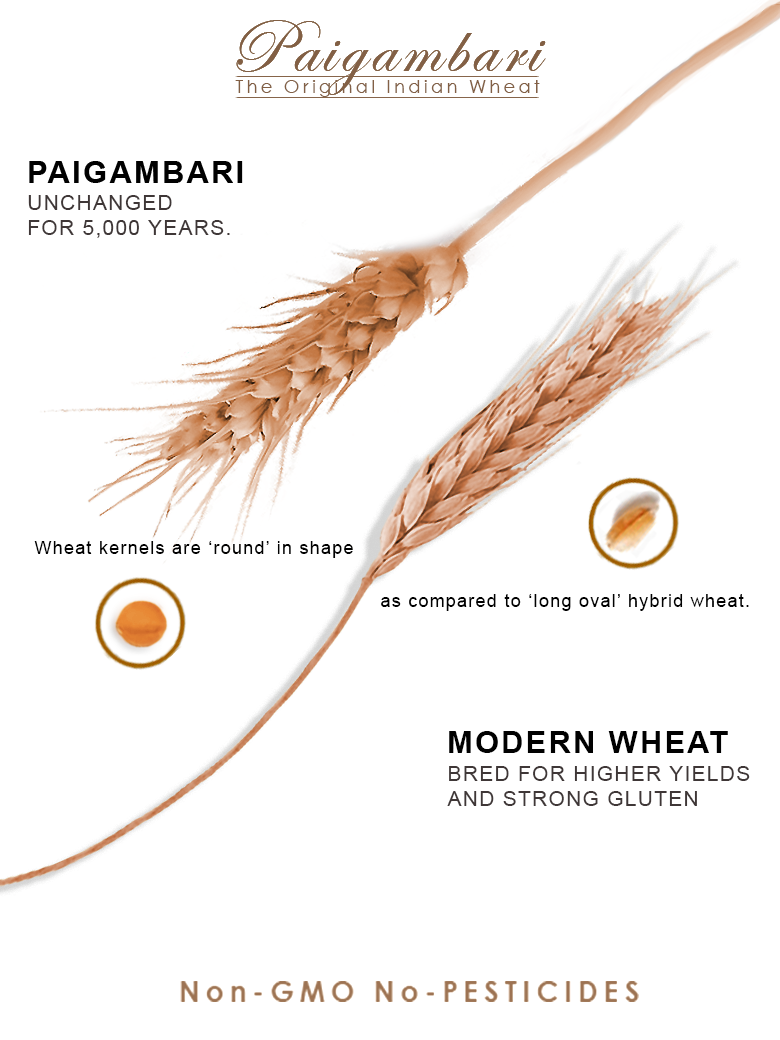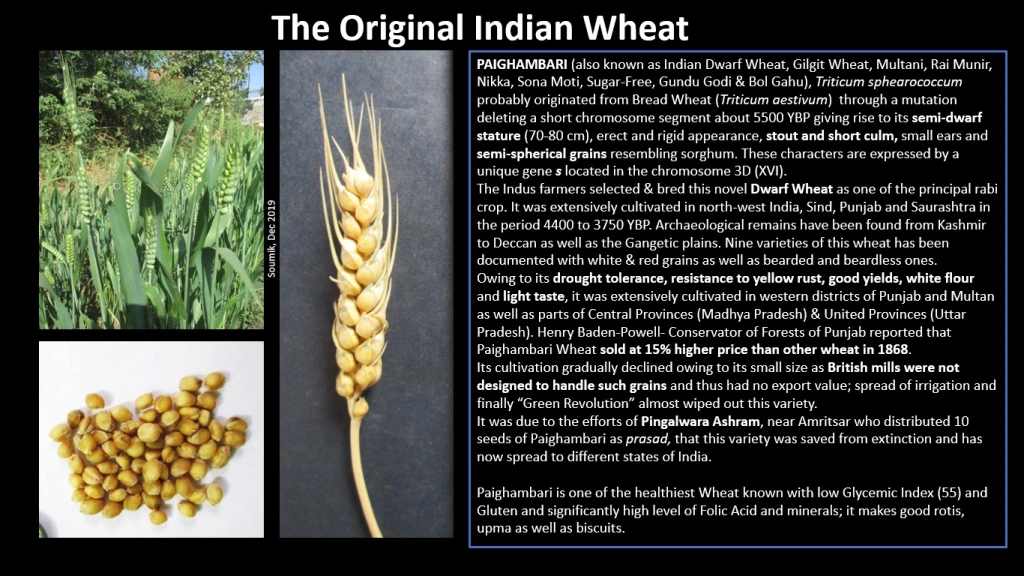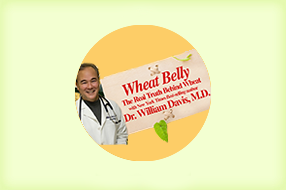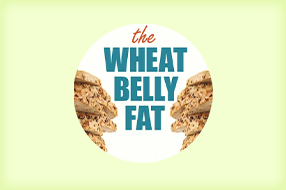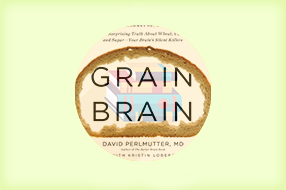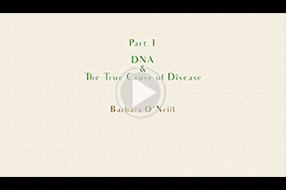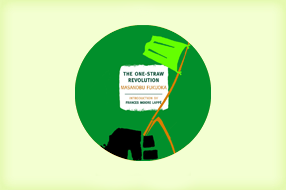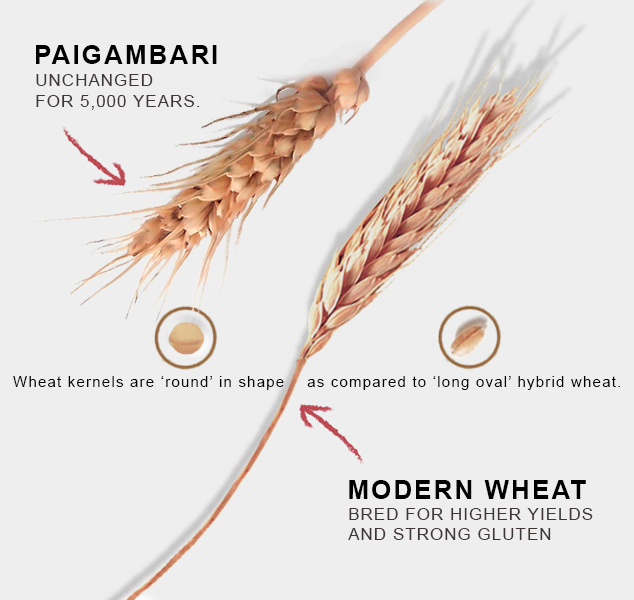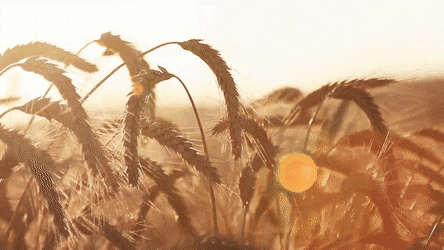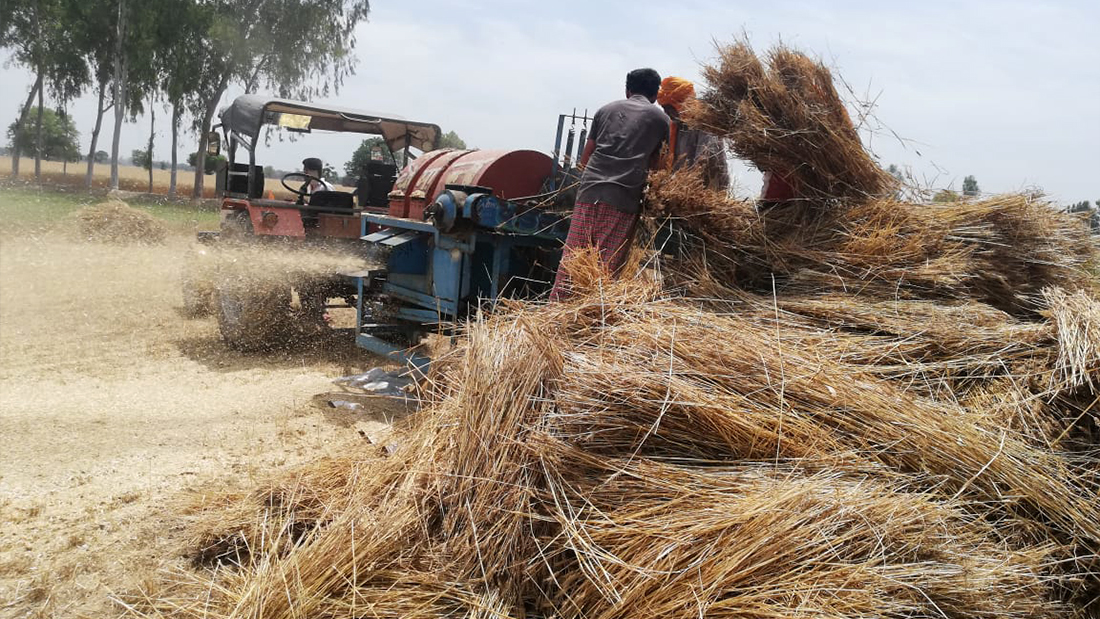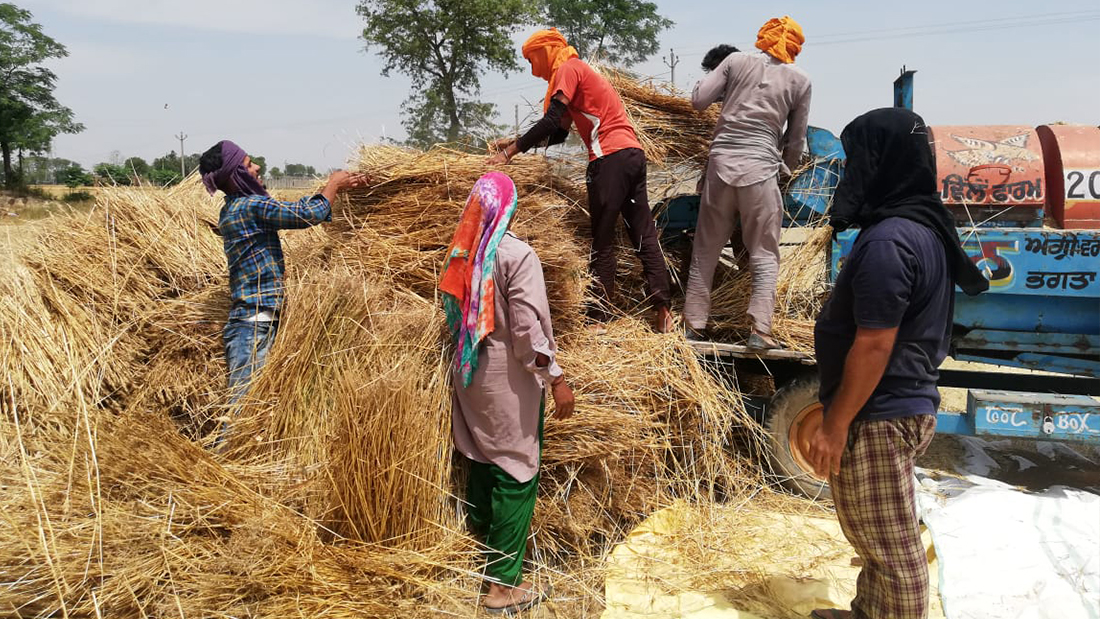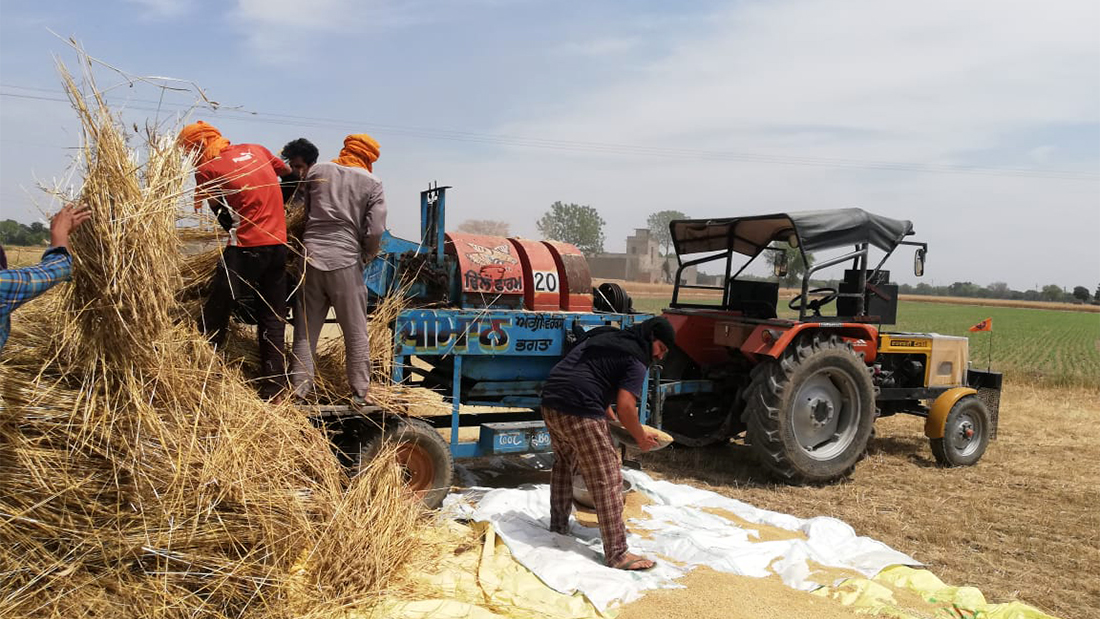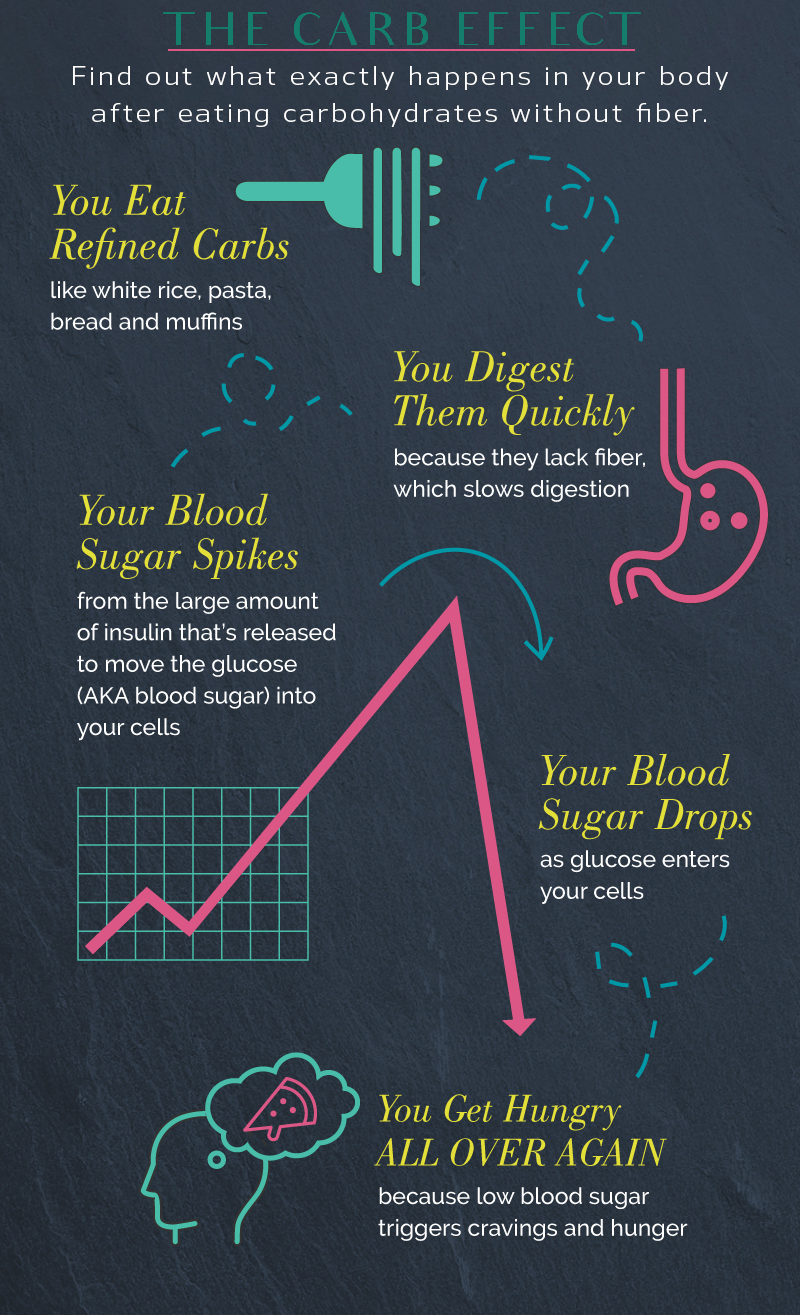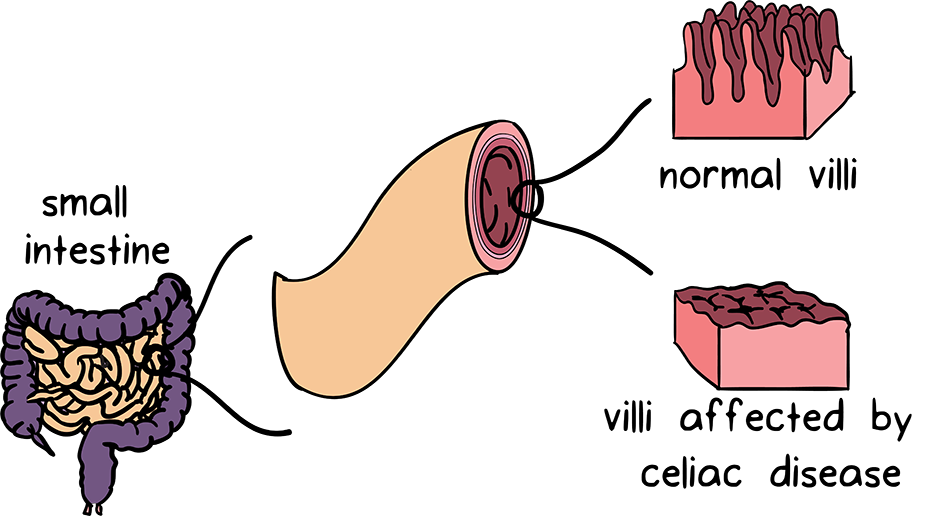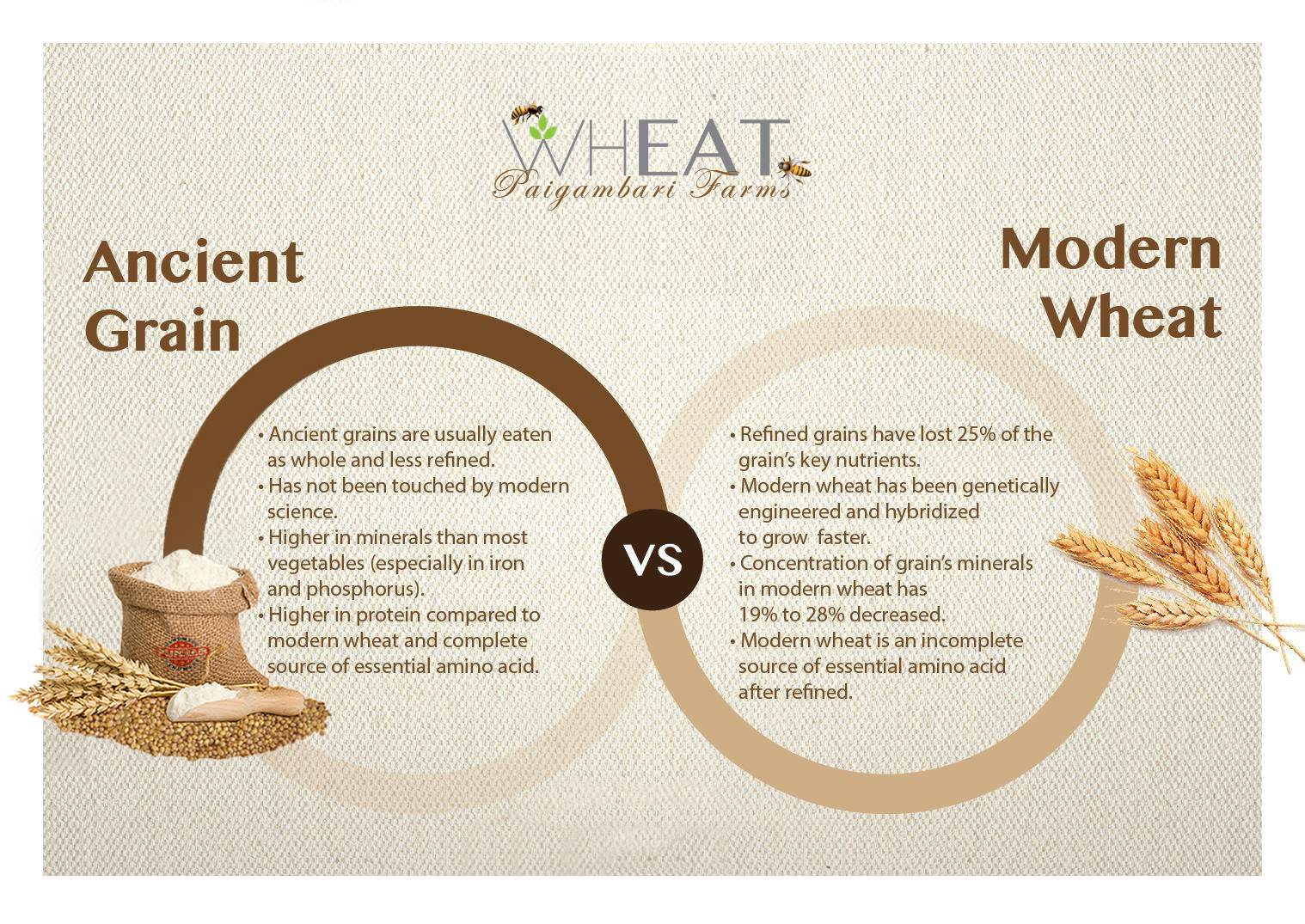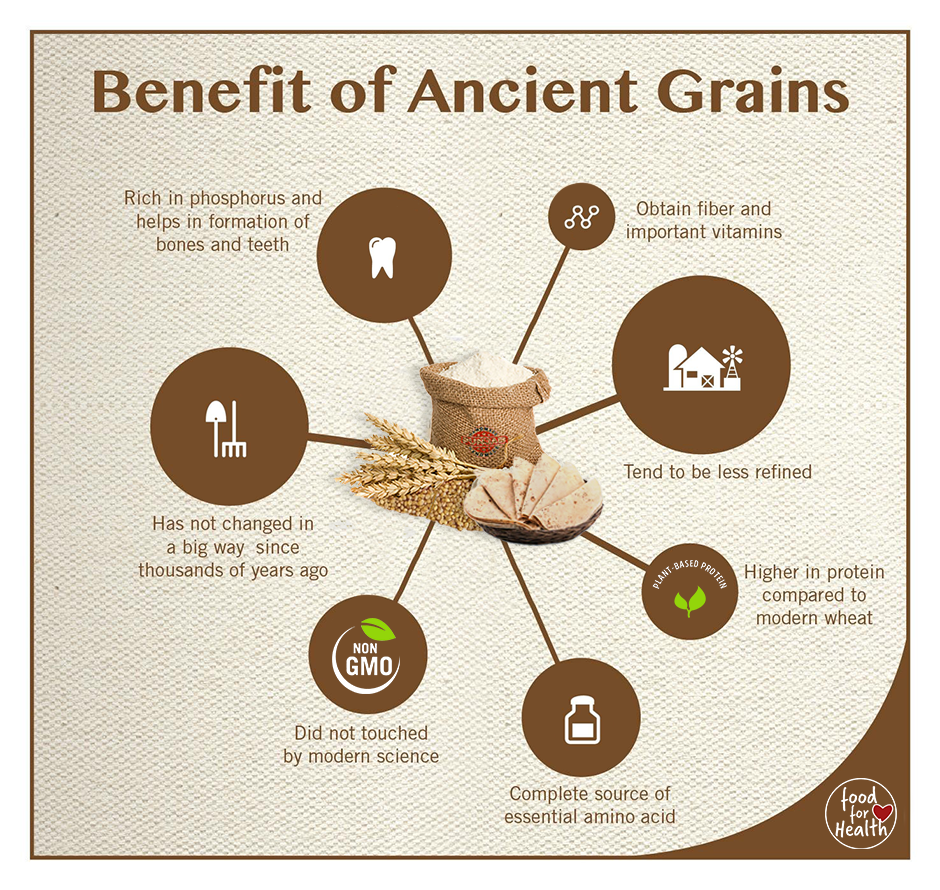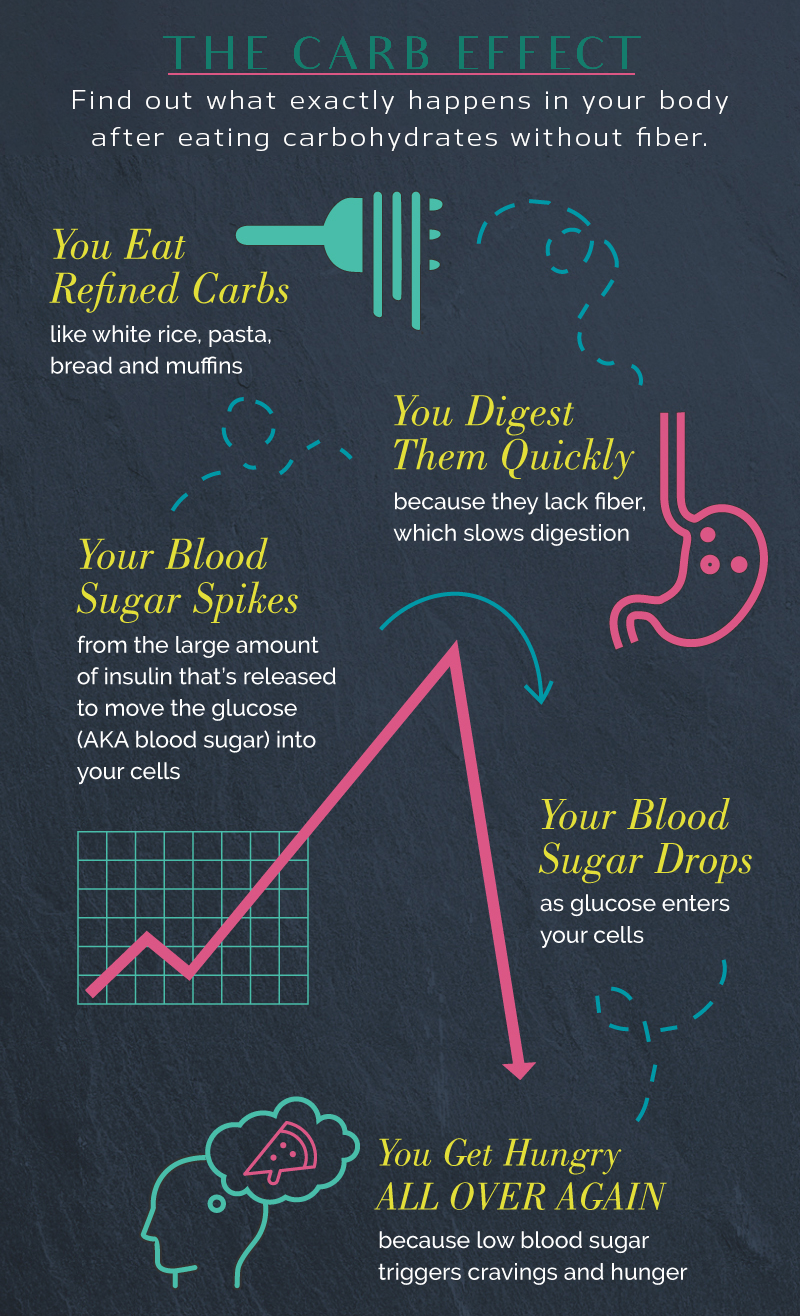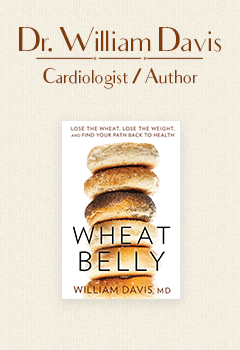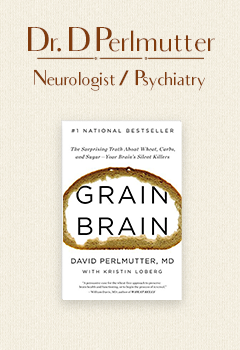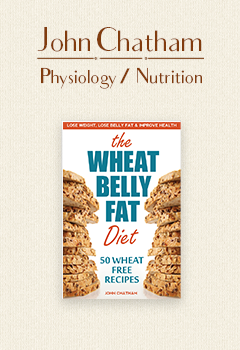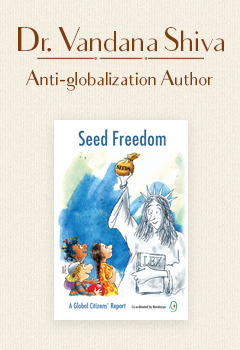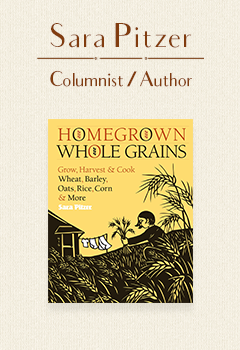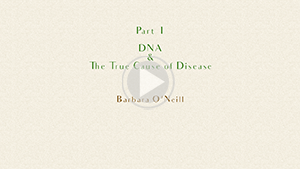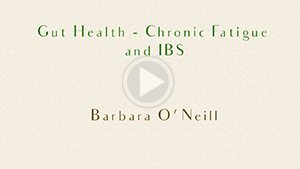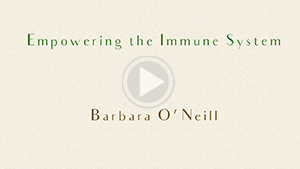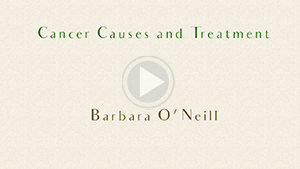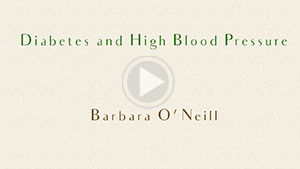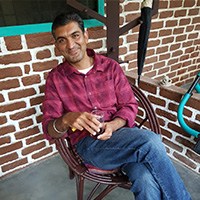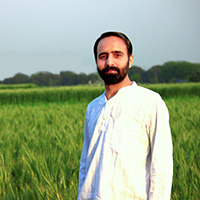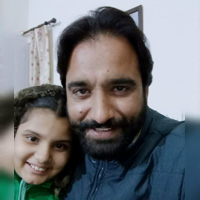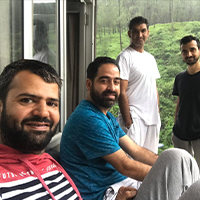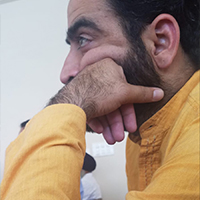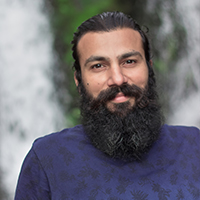For a start we are focusing on 'paigambari wheat' which is an original Indian wheat grown around Indus Valley Civilization. The idea is that wheat make up such a large part of our diet breakfast lunch dinner all contains wheat and wheat. People used to eat mix grains like Bajra, Jowar, Barley and Maize and there were no gluten related problems. First we need to control our gluten consumption.
“This wheat is low in Gluten and Glycemic Index is 55 which makes it a 'super food' for gut health. If you're considering limiting your gluten consumption, its going to solve gluten issues. Research now shows that excess of gluten and direct carbohydrate consumption without enough fiber is the main cause of type 2 diabetes, celiac disease, obesity, insulin resistance followed by thyroid BP etc.” *footnote
We can utilize our Farm resources in a way that they can grow this variety for us. It vanishes because of low yield and high price. That was the main reason GMO wheat was intoduced to increase yield.
If we can create a demand of this wonderful wheat we can rectify our green revolution mistake and can ensure good health of our coming generations. Everyone should do there own research, its our health our responsibility. Monsanto is not going to tell us what to do and reflect on our health issues.
Paigambari subscription model is a direct partnership with a food producing FARMER that typically involves paying a lump sum as "shares" to help fund the farm's efforts during the growing season. The idea is that the influx of money keeps the farm running, and once the farm harvests its crops, you get your money in the form of seasonal produce. Unlike picking and choosing from the options at a market stand, a farm "share" is like a subscription of whatever is seasonal. Here FARMER is in no need to manipulate your produce to increase his/her harvest or benefits, as he/she will be growing as per the subscriber's need. So, whatever the harvest produce can be less or more goes to the subscriber.
How do I find a Paigambari Farm near me?
While some, like Local Farmers, offer rolling subscriptions during the growing season, many others require signing up at the beginning of the season.
Do I know what I'm getting in a Subscription?
Most of the time, not exactly. While most of us have gotten used to the grocery store model of being able to get whatever we want, whenever we want it, produce from a FARM is dependent on season as well as your region. That means you're probably not getting rice in a wheat season and you can't exactly say, "I want perfect wheat and this much" as it will all rely on season, GOD’s will weather. For sure there will be no pesticides and no gmo wheat, which is going to be a God's grace in this era time.
It’s going to be more organic and spiritual way of getting your roti bread. You will be in contact with the farmer for updates, you know.. nature can be unpredictable, and catastrophe could hit the farm or the crops you were most excited about which is another way of connecting with nature and accepting its love and rage.
But think about it: People haven't always eaten whatever produce they wanted flown in from places all over the world. Now's your chance to get in touch with the seasons and simpler living.
How do I know if a wheat Subscription model is right for me?
If the idea of knowing where your food came from sounds appealing, then the Paigambari way is worth considering. Unlike simply picking up your gmo contaminated flour from a stores, a paigambari allows you to know not only where your flour comes from but also the people who produce your wheat — you're picking up from them every season, after all! You get the sense that you're supporting real people, as opposed to a faceless corporation selling food through a grocery store chain, and you know your money is transforming lives of people within your community or those close to it.
Note : Wheat Paighambari, in addition to being an ancient grain preserved from hybridization or modification and always organically grown, is an excellent source of protein, fiber, zinc, phosphorus, magnesium, vitamin B1 (thiamin), and vitamin B3 (niacin). It is also high in many minerals such as selenium, copper, manganese, and molybdenum. These nutrients have many benefits including contribution to normal cognitive function, normal metabolism, maintaining normal blood pressure, and protection from oxidative stress.
So that's it: You don't have to suddenly grow everything yourself, but if our current global circumstances have you feeling a little weird about continuing to funnel your money into Monsanto's pocket, remember that alternatives exist. Small food producers are out there and we can link farms to cities — this is one way to create a reward for both the farmer and the consumer, while feeding yourself in a healthy way. It's a simple enough idea, but its impact has been profound.
Connect With Us - We would love to hear from you!
WheatPaigambari@gmail.com
* We have resource and books in Books/Manuals section. You can download or read these enlightening books on wheat and its effects on health.
